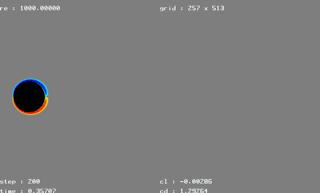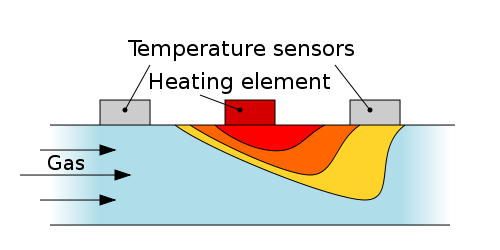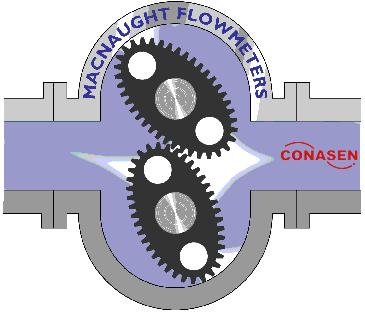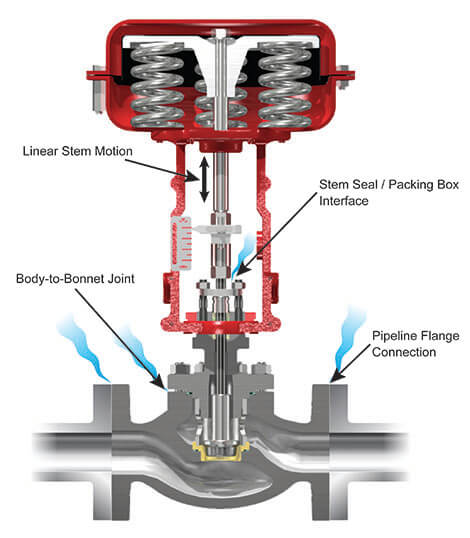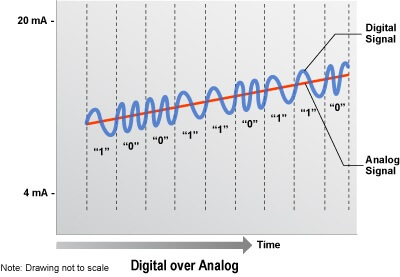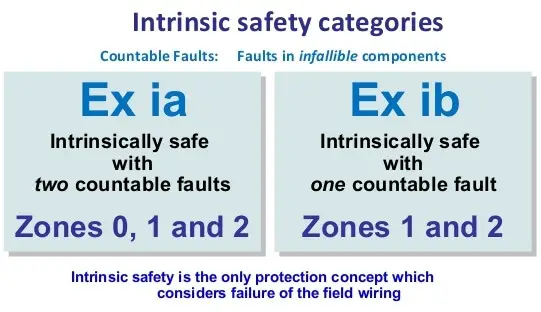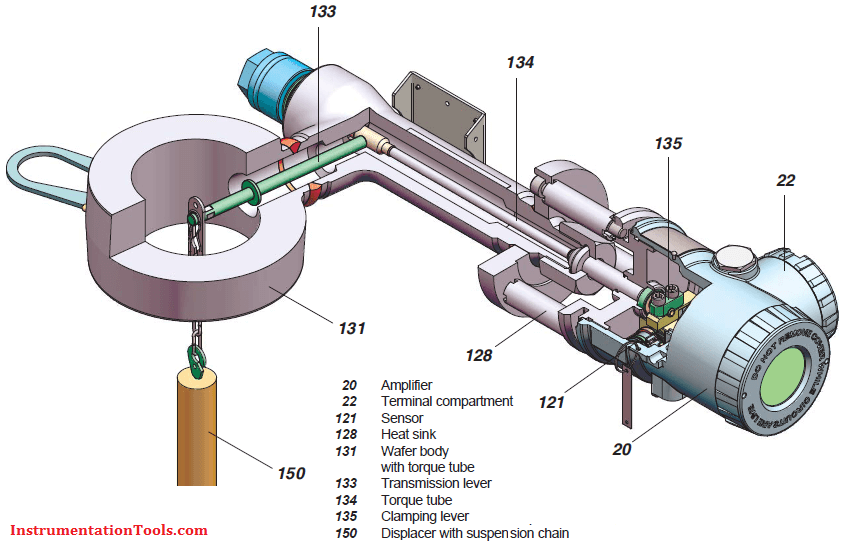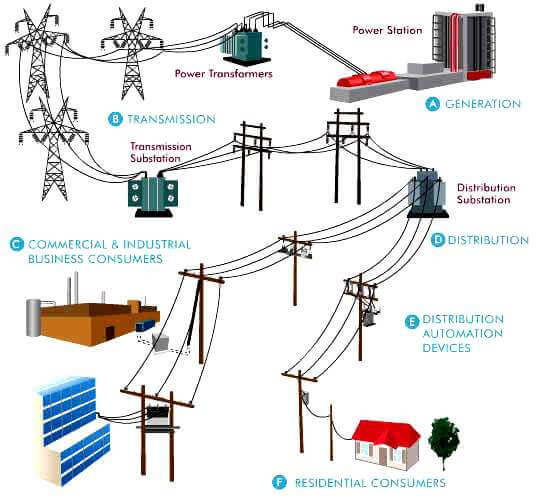Working Principle of Vortex Flow Meter
Vortex flow meters measure the frequency of vortices generated by a bluff body or shedder bar to calculate an equivalent volumetric flow rate.
Thermal Mass Flow Meter – Principle, Advantages, Applications
Thermal mass flow meter principle is rate of heat absorbed by a fluid flowing in a pipe or duct is directly proportional to its mass flow.
Oval Gear Meter – Principle, Advantages, Limitations, Applications
Oval Gear Meter measures flow by using a geared rotor to pass known volumes of fluid through a housing. (Positive Displacement Flow Meter)
Facts About Control Valves
Study facts about control valves include pressure drop of control valves, capacity requirements of control valves, valve rangeability, characteristics of control valves, valve body design etc. Facts About Control Valves…
HART Communication Protocol Overview
HART is a digital signal that rides on a standard 4 mA ... 20 mA process control loop. In the field of process automation, the 4 mA ... 20 mA…
Intrinsic Safety Protection ia and ib
Difference Between ia and ib Intrinsic Safety Protection ProtectionType ia Apparatus is designed so that it is suitable for Zone 0 & it will not cause ignition when the maximum…
Displacer Level Transmitter Working Principle
The buoyancy force of the displacer is transferred via transmission lever and torque tube to operating rod of the sensor, where it acts on free end of sensor element.Four thin film metal strain…
Single Phase Induction Motors Questions and Answers
Please Name some Single-phase induction motors? (i) split-phase type (ii) capacitor type (iii) shaded-pole type Please name two types of Repulsion motors? (i) Repulsion-start induction-run motor (ii) Repulsion-induction motor What…
Three Phase Induction Motor Interview Questions & Answers
What is the Three Phase induction motor Working Principle? Like any electric motor, a 3-phase induction motor has a stator and rotor. The stator carries a 3-phase winding (called stator…
Electrical Power Distribution
Electricity distribution is the final stage in the delivery of electricity to end users. A distribution system’snetwork carries electricity from the transmission system and delivers it to consumers. Typically, the…
